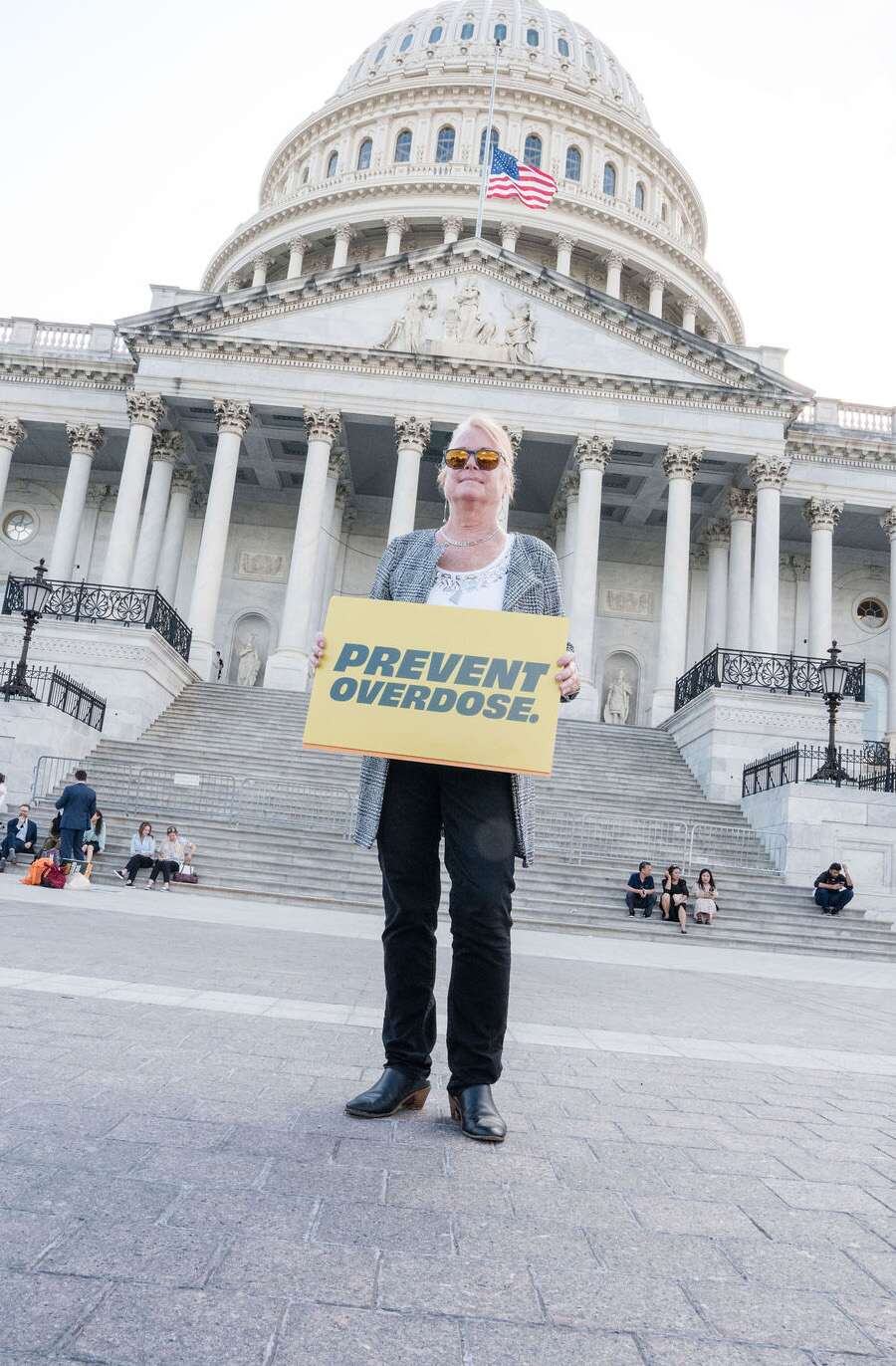
Tony Newman at (212) 613-8026 or Alberto Mendoza at (323) 254-4498
Sacramento — A resolution that urges state and local health agencies to improve data collection regarding Hepatitis C, to apply for federal funds, and to implement the 2001 Hepatitis C Strategic Plan through existing programs and educational materials whenever possible, passed the California Legislature on July 13, 2004 with strong bipartisan support. The bill, ACR 244, was authored by Assemblyman Paul Koretz (D-West Hollywood), and was sponsored by the Hepatitis C Task Force of Los Angeles County.
Drug Policy Alliance has been a longtime supporter of Hep C prevention and awareness research, and worked with Assembly member Paul Koretz to get the resolution passed. In the past the Alliance has worked with Assembly Member Gloria Negrete-McLeod on AB 596 funding for research, prevention and treatment of Hepatitis C. That particular bill died, but DPA has continued its efforts to get Hep C attention from Sacramento legislators by working closely with Senator John Vasconcellos, the author of SB 1159. This bill would allow the sale of syringes in pharmacies without a prescription in order to minimize new Hep C and HIV infections and to support the Hepatitis C Task Force for Los Angeles County, which Alliance staff member Alberto Mendoza is co-chair of.
“With one in 50 people infected with HCV, we urgently need better screening of people at risk such as veterans, emergency responders, and people who share needles or who received blood transfusions prior to July 1992,” said Mendoza. “The general population needs to be educated about how Hep C is transmitted, and we all must embrace harm reduction principles to avoid unnecessary exposures.”
The most serious of all the Hepatitis viruses, the Hepatitis C Virus (HCV) is the most common chronic blood-born viral infection in the U.S. and kills 8-10,000 Americans every year. It is often called the “silent epidemic” because 80 percent of people infected show no symptoms until 10 or 20 years after contracting the disease. Ultimately, HCV infection can lead to liver failure, liver cancer, or cirrhosis (irreversible and often fatal scarring of the liver). Only alcoholism causes more liver disease than Hepatitis C, and HCV is the leading reason for liver transplants in the United States. One third of people living with HIV suffer a co-infection with Hep C that accelerates the progression of both diseases.
“More than half a million Californians are infected with Hepatitis C and most don’t even know they carry a potentially fatal disease,” said Assemblyman Koretz. “These people may unknowingly put others at risk of infection through seemingly harmless acts such as sharing a toothbrush or razor. There is a clear need for health agencies to do more to identify Hep C positive individuals, educate those who are at risk, and reduce the number of new infections.”
No vaccine exists for Hepatitis C. According to the Hepatitis C Strategic Plan published by the California Department of Health Services in 2001, deaths due to HCV related illness will triple in the next 10 to 20 years if effective prevention strategies are not implemented. The primary mode of HCV transmission is contaminated blood, usually through shared needles or through other blood exposures. Unlike HIV, infectious Hepatitis C can live on surfaces for up to two weeks and is yet another reason why instruments that may be exposed to blood such as needles, surgical instruments, and manicurist tools must be properly sterilized after every use.


Notifications